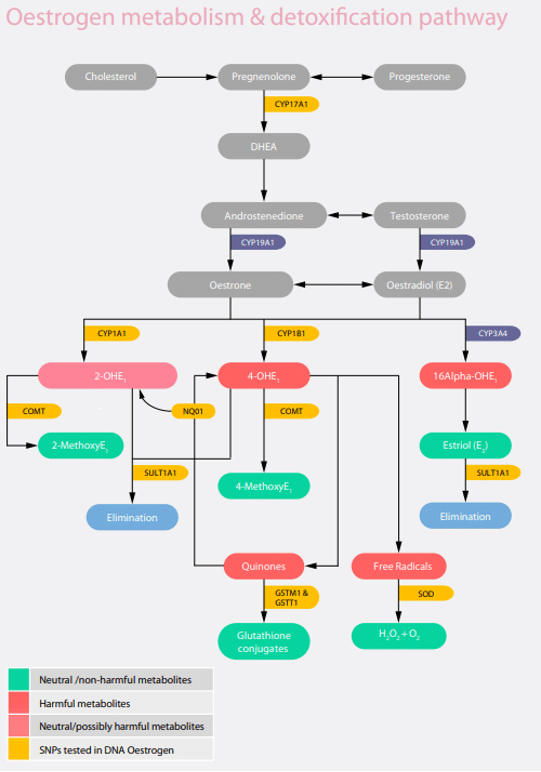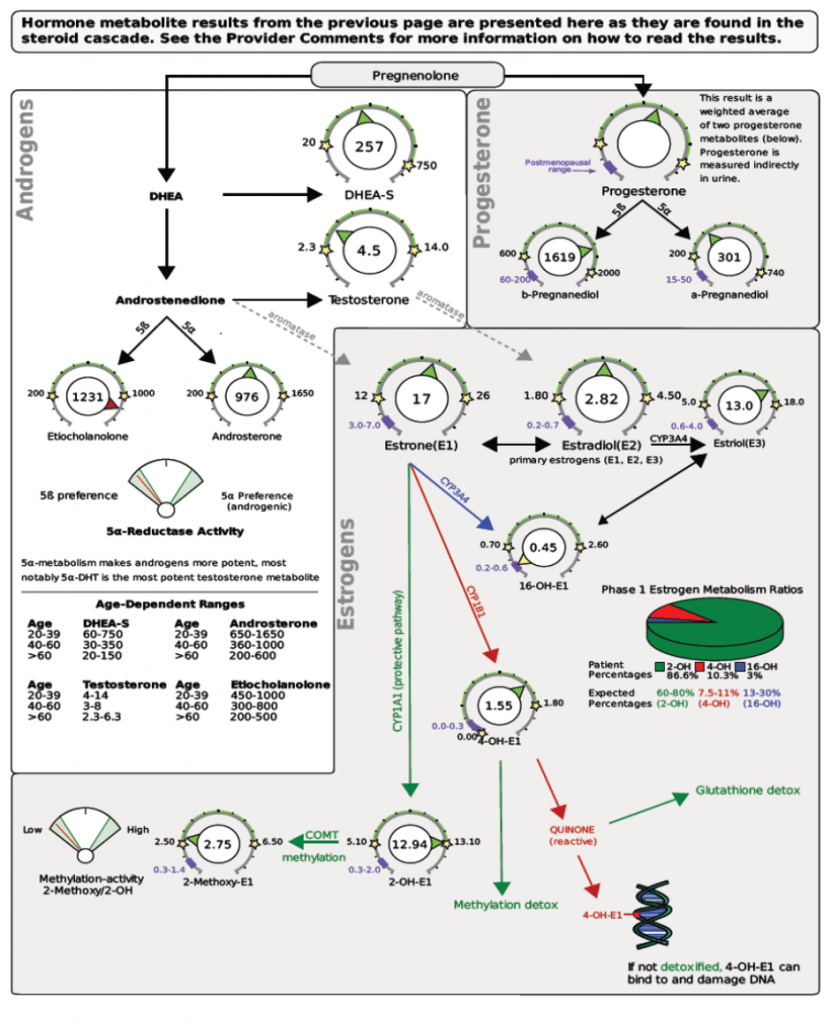By Alexandra Berecry – Naturopath
First up, the preface I always make whenever I talk about ANYTHING hormonal with women is this: if you are experiencing anything more than a mild discomfort a day or 2 before your period, if you are feeling anything other than a little more tired or socially withdrawn the week or so before your bleed, or if you are changing whatever sanitary support you use more than four times a day (or doing things like doubling up i.e. tampons AND pads, because you know you’ll bleed through) – this is not normal.
In fact, I’m thinking of just getting “COMMON IS NOT THE SAME AS NORMAL” tattooed on my forehead, so I can just point to it when talking to my female patients about their PMS symptoms. I’m not sure how the rumour got started that it was our lot in life to suffer extreme discomfort 5-10 days out of thirty every month, but it is categorically a sign that something is not right. I am consistently shocked by the number of women I see who throw up or pass out from pain, who are getting iron transfusions to stave off the effects of their blood loss, who need to have separate bras the week before their period because they go up 1-2 cup sizes, or who are an emotional wreck (think sobbing uncontrollably about the puppy on the toilet paper commercial).
If you are experiencing any of the following symptoms, it’s time to investigate your hormones:
- Cycle less than 21 or greater than 35 days, or varying significantly more than once or twice a year
- Spotting significantly prior to your period
- Flow lasting 6 days or more
- Clots greater than the size of a 20-cent piece
- Mood issues confined to the 1-2 weeks before your period including anxiety, depression, anger, irritability
- Night sweats or headaches just prior to your period
- Any pain more than mild discomfort – either sharp cramping pain or heavy, dragging, dull pain that may radiate to inner thighs, hips and back; or any pain that starts with your bleed. Taking Panadol and nurofen regularly is a red flag.
- Recurrent thrush
- Sore and tender breasts
- Diarrhoea around the time of your period
One of the tests I like to use when investigating suspected hormone imbalances is the DUTCH (or the Dried Urine Test for Comprehensive Hormones) test. Hormonal blood tests will only examine two female hormones: progesterone and one form of oestrogen. However, did you know there are three types of oestrogen? It’s important to look at their total level and ratios to get a better picture of oestrogenic activity. Where the DUTCH differs is it not only also looks at all three “parent” oestrogens, it also measures their metabolites (the metabolites being the “children” that are formed when the body is trying to break down and excrete the parent oestrogens). It also looks at the androgenic hormones, as well as their metabolites, and you can opt in for additional measures such as cortisol and melatonin.


When each of the parent oestrogens are metabolised they go through a two-step detoxification process in the liver (technically it’s 3, but the first two are the most important). Firstly, Phase I liver enzymes converts our different forms of oestrogen to more water-soluble forms for excretion. At this point they will be converted into one of three metabolites, depending on which liver enzyme acts on them. It’s important to note that these Phase I metabolites are still extremely reactive- making them more potent- because they’re now water-soluble. In the next step, they are (joined) to other molecules by Phase II liver enzymes, which allows them to be excreted. Again, depending on which Phase II liver enzymes are functioning, they are converted to different metabolites.
The levels of the different metabolites have a significant impact on the symptom picture, as, just like the parent oestrogens, the metabolites have very different metabolic activity, and their total levels along with their ratios to each other give a very clear picture of how your body is (or is not) breaking down oestrogen.

The DUTCH gives practitioners a huge amount of information that completely changes how we treat you individually, as we use specific herbs and nutrients to differentially modulate how your hormones are being detoxified and balanced.
Many women will present with low levels of the oestrogens measured in blood and saliva tests but their clinical picture is exactly aligned to a high oestrogen symptom profile. This can be because your Phase I enzymes are working overtime, which would mean the parent levels (i.e. those measured in the blood or saliva test) were being converted at a rapid rate, leaving them looking, but the unmeasured “children” will be high. If you’ve done blood or salivary hormone testing and tried the appropriate treatment to no avail, the DUTCH is an excellent option to consider when trying to understand (and treat) your PMS symptoms.



